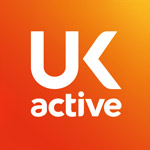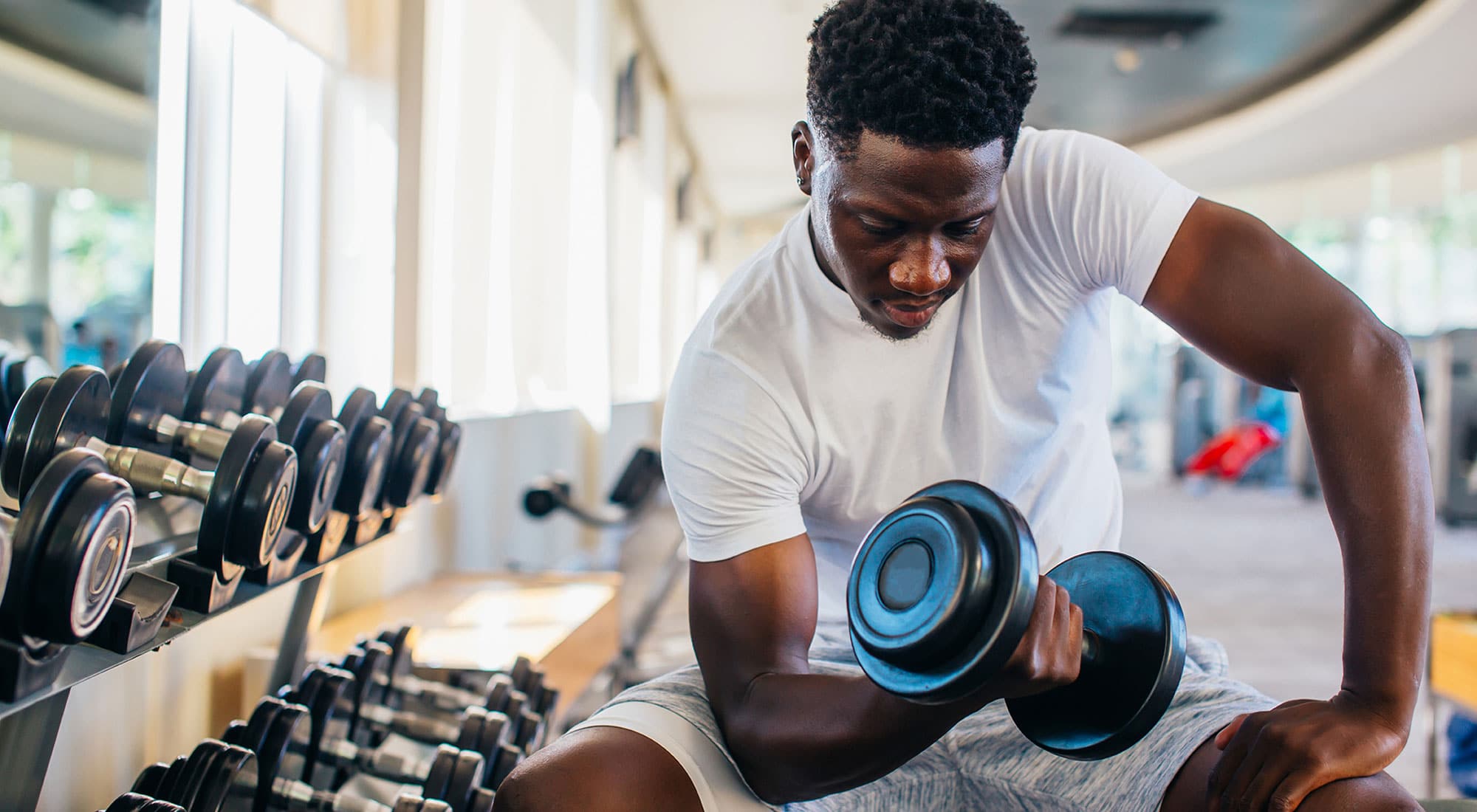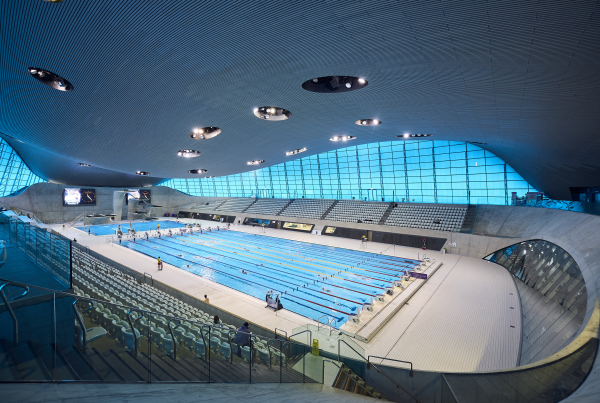Hundreds more gyms and leisure centres across the UK have submitted data on COVID-19 rates in their facilities, as the sector rises to the challenge of monitoring and controlling the virus.
More than 1,900 facilities have now provided information to ukactive on the number of cases reported by authorities on behalf of customers that have visited their sites during a 14-day period in which they subsequently tested positive for COVID-19.
The latest aggregated data reveals that more than five million visits were made to this sample of gyms in the UK during the week from 5-11 October, and in that time just 156 customers reported as testing positive.
The data, collected and reviewed by the ukactive Research Institute, indicates an incidence rate of 2.88 cases per 100,000 visits. The UK case rate in the general population, as reported by the Government for 5-11 October was 150.83 cases per 100,000 people (cases by date reported, at 20 October).
The prevalence between 5-11 October for sites in England is 2.83 cases per 100,000 visits, while in Scotland the rate is 2.59 cases, in Wales it is 2.86, and in Northern Ireland it is 3.76.
Data collated for the UK across the whole period since reopening – measured from 25 July to 11 October – shows the sites have seen more than 45 million visits, with an overall rate of 0.99 cases per 100,000 visits.
The results show that protocols for monitoring and reporting the virus in the sector are helping to reduce the risk to visitors. They coincide with new findings from Sport England’s Active Lives Survey showing the vital need for gyms to remain open to support the nation’s activity levels.
The findings extracted from the main Active Lives survey to cover the first seven weeks of lockdown (mid-March to mid-May) reveal that the number of people taking part in gym sessions dropped by 2.9 million, compared to the same period in 2019. Exercise machine use also dropped by 1.2 million people, and weights sessions fell by 403,000 people. While some people were more active at home, the net impact shows a drop of 1.3 million people not taking part in ‘fitness activities’, and three million fewer people being active overall.
Gym and leisure centre operators are well positioned to capture real-time data effectively. They are able to carefully record reported cases based on membership details held within their databases, as well as recording details for non-members, to allow for contact tracing – helping to inform authorities and other visitors quickly.
The findings support a growing evidence base from across the globe showing that COVID-19 has a low prevalence in the gym environment.
Gyms and leisure facilities continue to follow strict Government guidance in order to remain open, ensuring social distancing among staff and customers, proper ventilation throughout, and comprehensive cleanliness protocols.
The sector worked closely with the Government to develop the guidance for reopening safely, including ukactive facilitating site visits for the Deputy Chief Medical Officer and SAGE representatives to a range of facilities.
Regular exercise has been shown to improve a person’s ability to regulate the immune system, which is essential for avoiding the severe symptoms of COVID-19.
Huw Edwards, CEO of ukactive, said: “The fitness and leisure sector has set the benchmark for the responsible monitoring and reporting of COVID-19 cases in the UK, and the latest findings continue to show successful adherence to the Government’s guidelines.
“It is very clear from the evidence that gyms and leisure facilities are not responsible for the increasing prevalence of COVID-19 in the UK, with figures for the latest recorded week showing 2.88 cases per 100,000 visits.
“What this shows is a highly controlled environment in which staff and customers treat safety guidelines with the utmost levels of respect and diligence in order for people to keep using these services safely.
“Our members are proud of the huge efforts undertaken by their staff to ensure that social distancing and the highest levels of cleanliness are maintained, while making sure people do not visit if they might have the virus.
“We will continue to monitor the situation closely and we urge the Government and local authorities to recognise this evidence when making decisions about the sector.
“The fitness and leisure sector has an essential role to play in fighting this health crisis by strengthening the physical and mental resilience of our communities.”

More People More Active More Often




